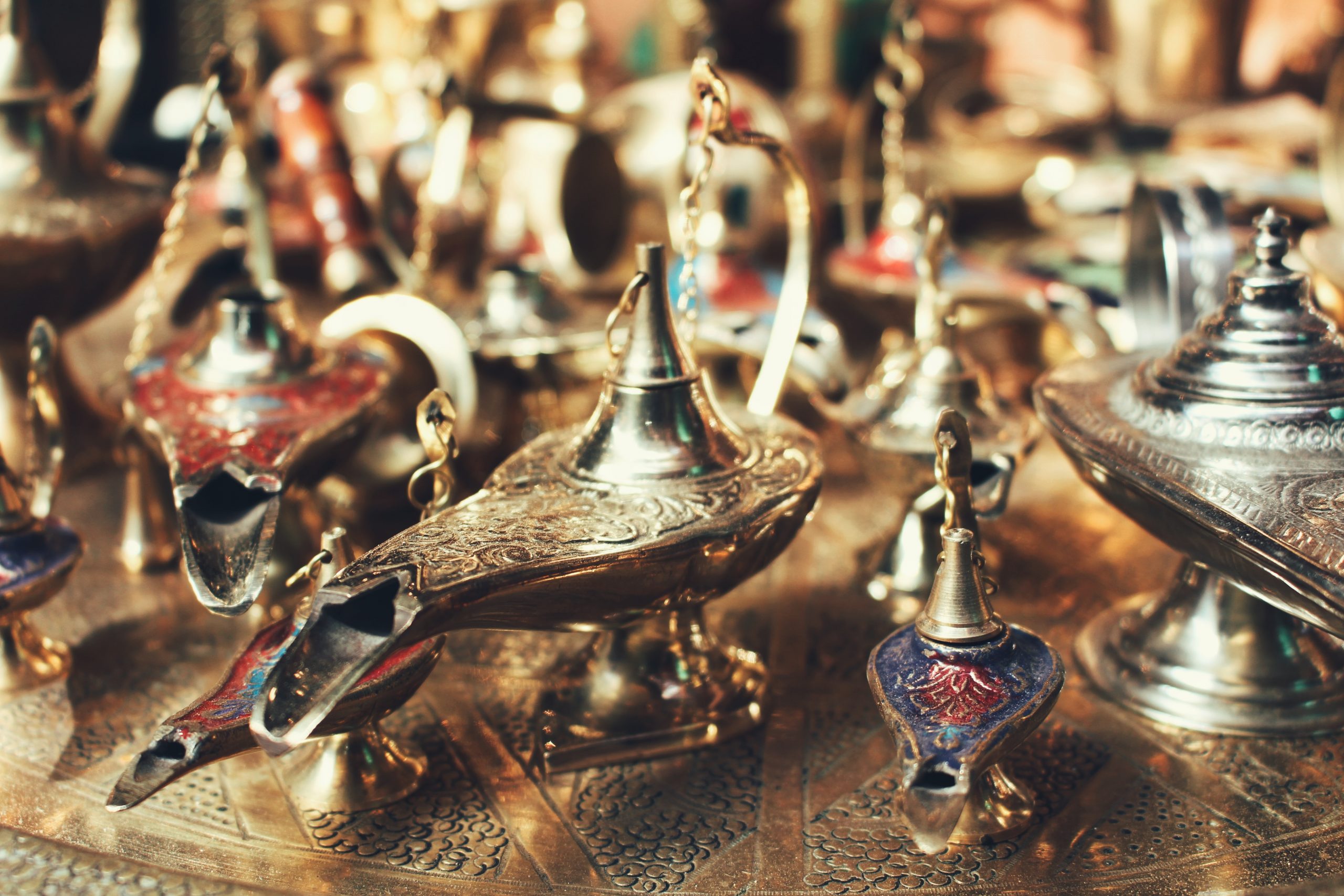The antiques of Asian are incredibly popular right away, because they have actually been for a long time. Lots of people find them enchanting, engaging, and remarkably unusual compared to the type of furniture and art that is found in other locations of the world. While collecting antiques from Asia is often fun, and in some cases addictive, you should know what you’re looking for to be sure to purchase genuine pieces and in no way pay too much for an item.
While thinking of buying Asian collectibles, or beginning a collection in this field, one thinks of acquiring rare snuff bottles, wooden and jade carvings, Porcelain vase. If you attempt to start out any antique selection, it’s always prudent to investigate the area of antiques you are interested in before you in truth decide to buy anything at all. Attend a lot of auctions and meet the suppliers. Try and hold as many pieces as you are granted and try commissioning an expert to bid for you, even if they price a tenth of the purchase. Don’t forget, it will take many years and hands-on experience to develop your information about antiques and you may commit costly blunders if you are not entirely careful.
Whenever opting to buy an item, it is important to recall that each antique piece is a distinctive hand made work of genius and this is the groundwork for its value. Other variables to take into account are the condition of the item and the craftsmanship. A person has to also think about the artsy advantage of the item, or how sophisticated the artwork was. The market value of the item is also determined by the forces of supply and demand; if require for the piece is great, the prices will go higher and the other way around. However, if you’re lucky enough to own a piece of outstanding scarcity and quality, the price is improbable to fall in the next years and will even sell much better if you take better care of it. Also, the antique’s origin adds greatly to its value; if a well-recognised hobbyist owned it before you did, it does make the price higher.
Anytime about to an antique sale, it’s a great idea to take a look at the supply of the seller, as sometimes there are two very much the same pieces and one sells for lower than the other. There are also “person” items that are easily ignored by reason of their particular dimension, which will you can fortuitously purchase at a cut price price. Often, a piece can be unnecessarily mentioned at an auction, and so you can certainly buy a fantastic piece if you look carefully and notice what others neglect. Fortunate finds at low cost bargain prices are more and more rare and most hobbyists say that it’s their more expensive pieces that have become the best bargains.
Small-scale antique items are very much popular now, like intricately-etched jewellery. The qualified craftsmanship essential to generate such superb pieces which are problematic to forge and are less possible to be huge created. There are a small range of small antique pieces in the world and these ordinarily appeal to individuals from Hong Kong and China more than they do to European collectors.
If perhaps you are curious about amassing Japanese pieces, a “netsuke” and “inro” are your best bets to start with. These are miniature designs and carvings in wood or ivory aimed to be toggles or managing parts for an “inro”. They are at most of the an inch high and work like modern key rings. An “inro” is a lacquered bottle that is exquisitely designed and adorned to which usually the “netsuke” is placed on with a short cord. The “inro” was used as an ancient pillbox or a miniature cosmetic case. Japanese lacquered pieces are also fine pieces to collect, as the artistry is usually excellent. These pieces are complicated to make and even more difficult to duplicate. The lacquered piece needs many thin layers fit into place before any decorating or painting can be done and to finish one piece takes a long time. Designs can be made of a mix of fine shell inlay, thin metal work, multi-colored lacquer and gold.
What the keyword during you make your own asain antiques collection
Back To Top





